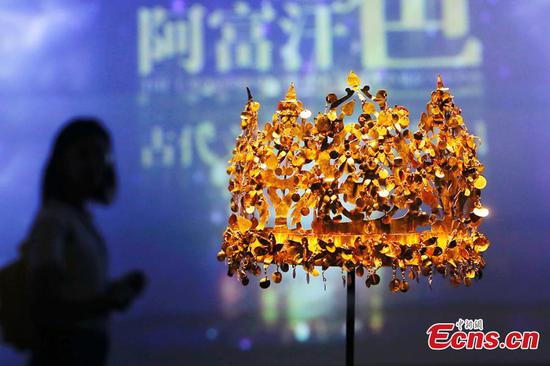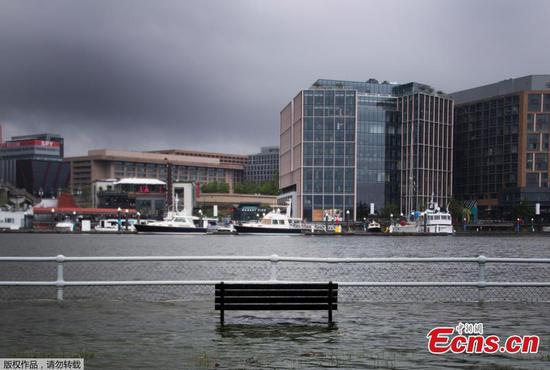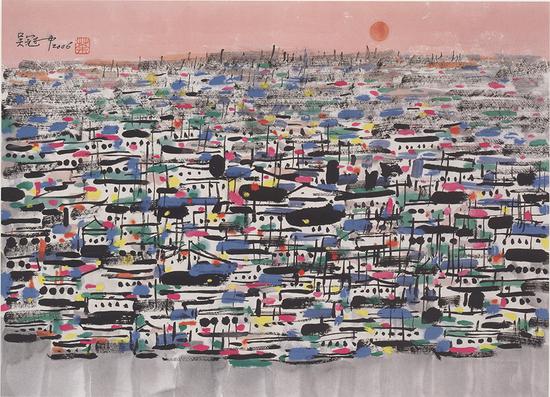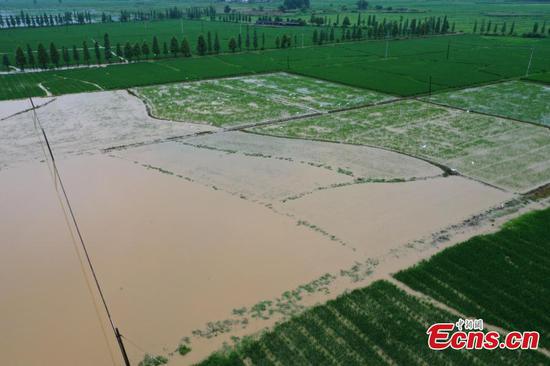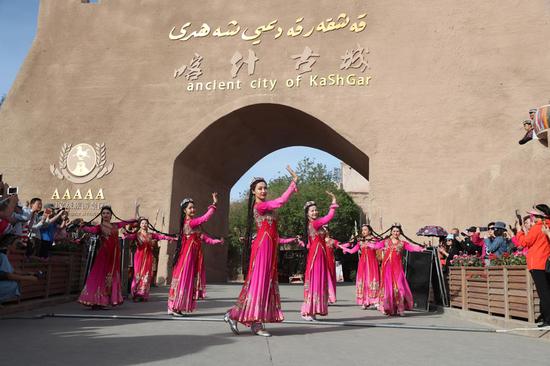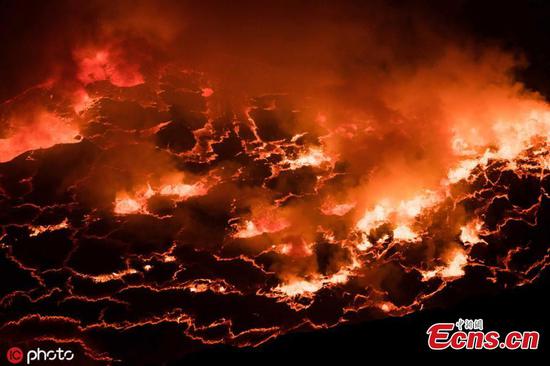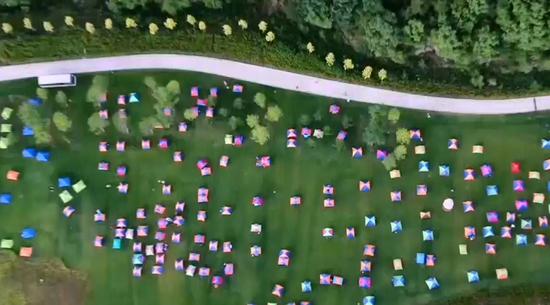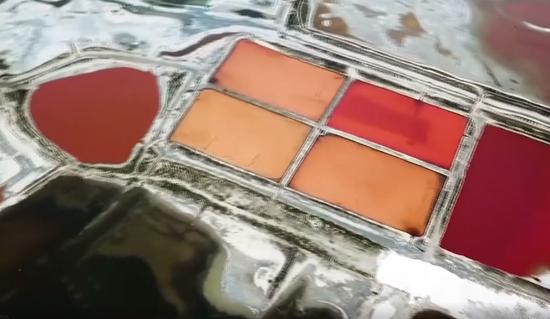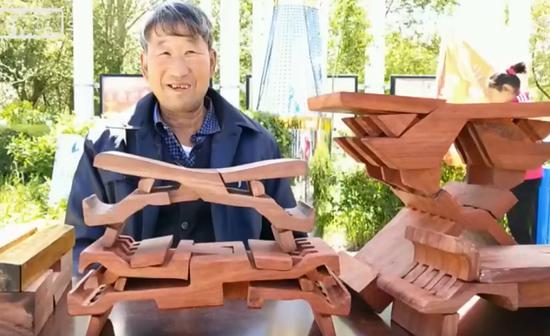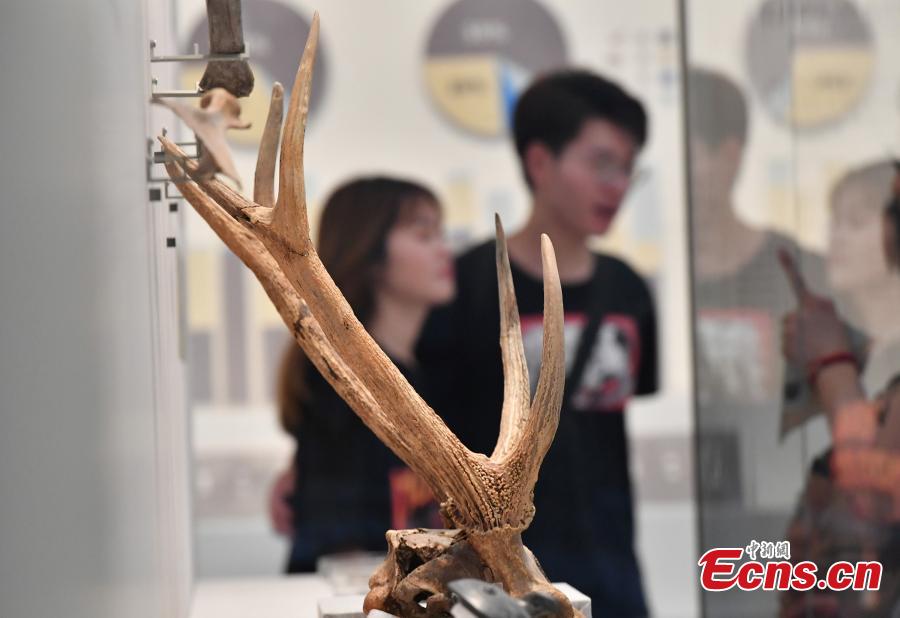
The Archaeological Ruins of Liangzhu City, China’s newly inscribed UNESCO World Heritage site, will show 119 pieces and sets of jade relics during an exhibition at the Palace Museum starting from July 16. Located in east China's Zhejiang Province, the Liangzhu ruins were once the center of power and belief of an early regional state in the lower reaches of the Yangtze River in Late Neolithic China. (Photo: China News Service/Song Yucheng)
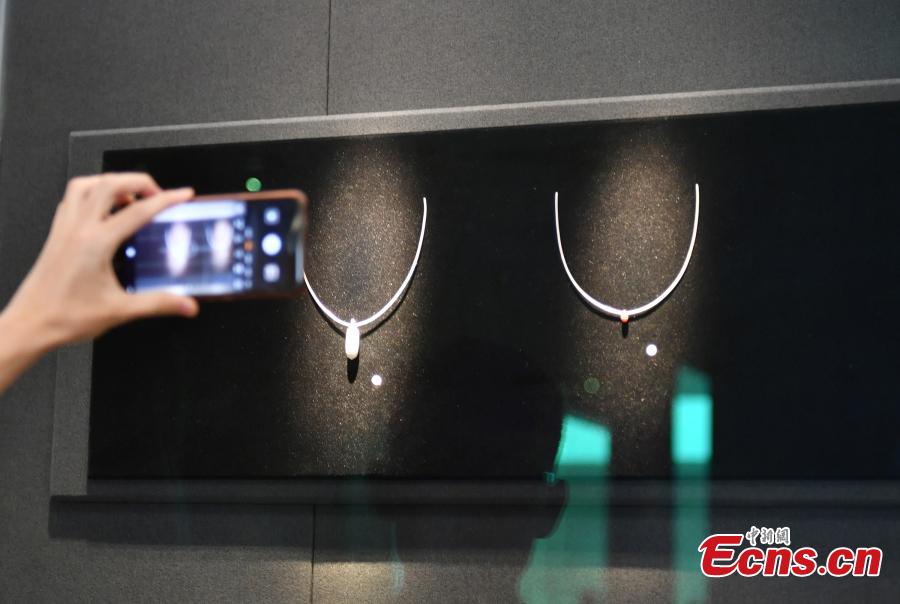
The Archaeological Ruins of Liangzhu City, China’s newly inscribed UNESCO World Heritage site, will show 119 pieces and sets of jade relics during an exhibition at the Palace Museum starting from July 16. Located in east China's Zhejiang Province, the Liangzhu ruins were once the center of power and belief of an early regional state in the lower reaches of the Yangtze River in Late Neolithic China. (Photo: China News Service/Song Yucheng)
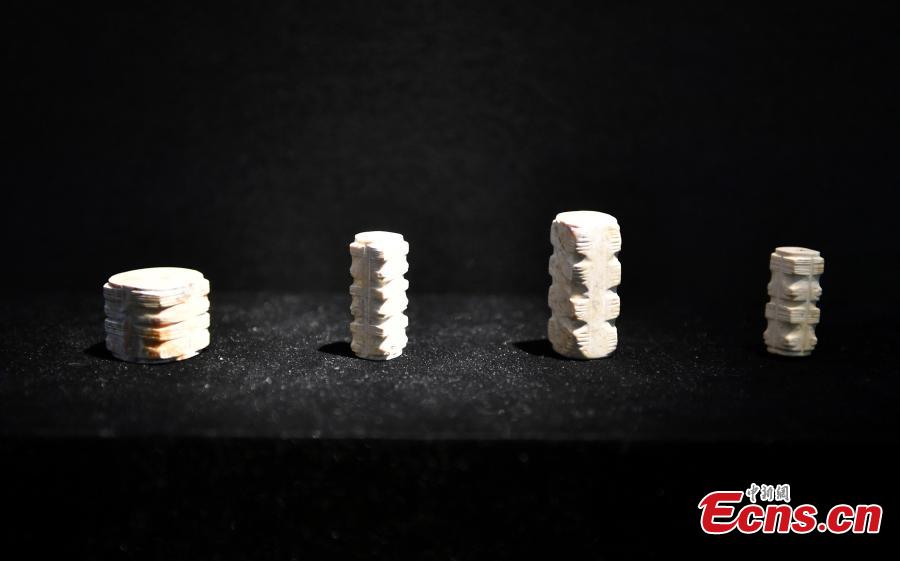
The Archaeological Ruins of Liangzhu City, China’s newly inscribed UNESCO World Heritage site, will show 119 pieces and sets of jade relics during an exhibition at the Palace Museum starting from July 16. Located in east China's Zhejiang Province, the Liangzhu ruins were once the center of power and belief of an early regional state in the lower reaches of the Yangtze River in Late Neolithic China. (Photo: China News Service/Song Yucheng)
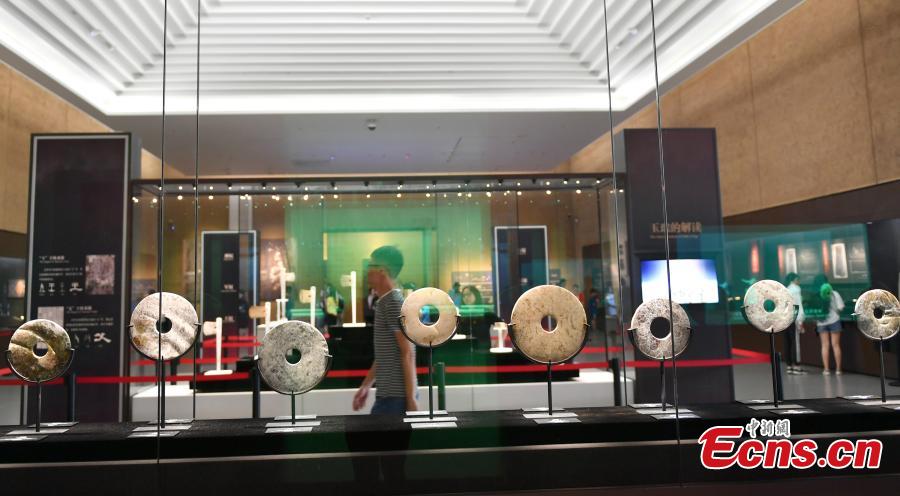
The Archaeological Ruins of Liangzhu City, China’s newly inscribed UNESCO World Heritage site, will show 119 pieces and sets of jade relics during an exhibition at the Palace Museum starting from July 16. Located in east China's Zhejiang Province, the Liangzhu ruins were once the center of power and belief of an early regional state in the lower reaches of the Yangtze River in Late Neolithic China. (Photo: China News Service/Song Yucheng)
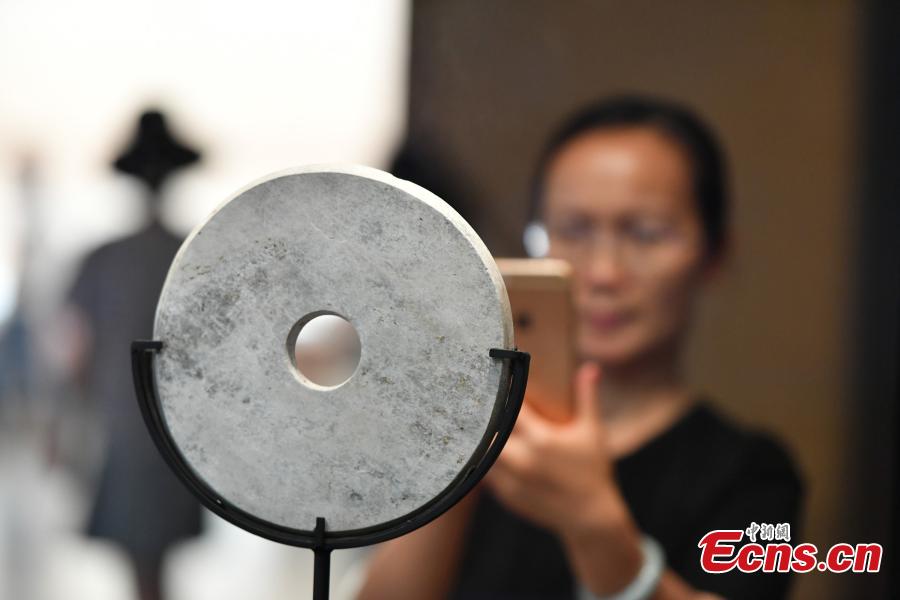
The Archaeological Ruins of Liangzhu City, China’s newly inscribed UNESCO World Heritage site, will show 119 pieces and sets of jade relics during an exhibition at the Palace Museum starting from July 16. Located in east China's Zhejiang Province, the Liangzhu ruins were once the center of power and belief of an early regional state in the lower reaches of the Yangtze River in Late Neolithic China. (Photo: China News Service/Song Yucheng)
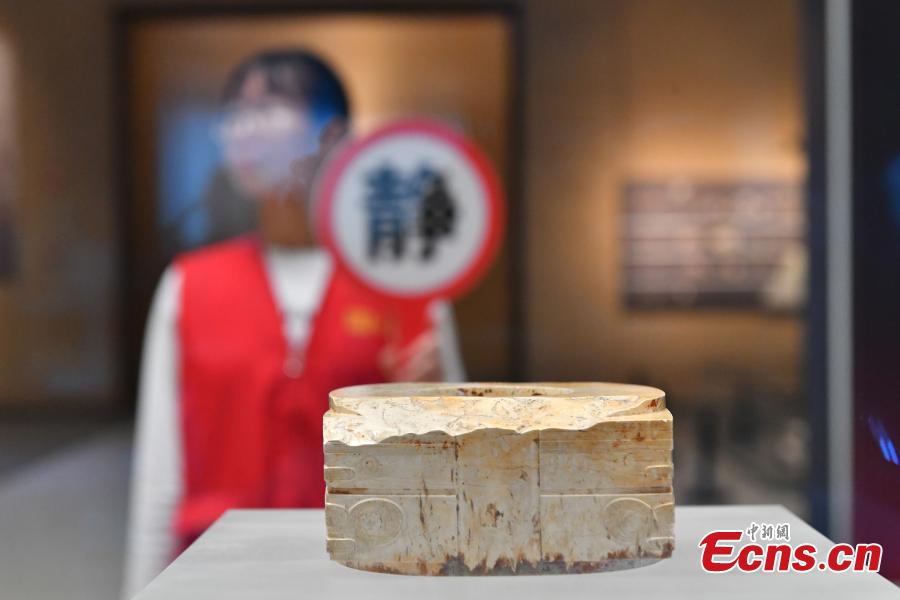
The Archaeological Ruins of Liangzhu City, China’s newly inscribed UNESCO World Heritage site, will show 119 pieces and sets of jade relics during an exhibition at the Palace Museum starting from July 16. Located in east China's Zhejiang Province, the Liangzhu ruins were once the center of power and belief of an early regional state in the lower reaches of the Yangtze River in Late Neolithic China. (Photo: China News Service/Song Yucheng)
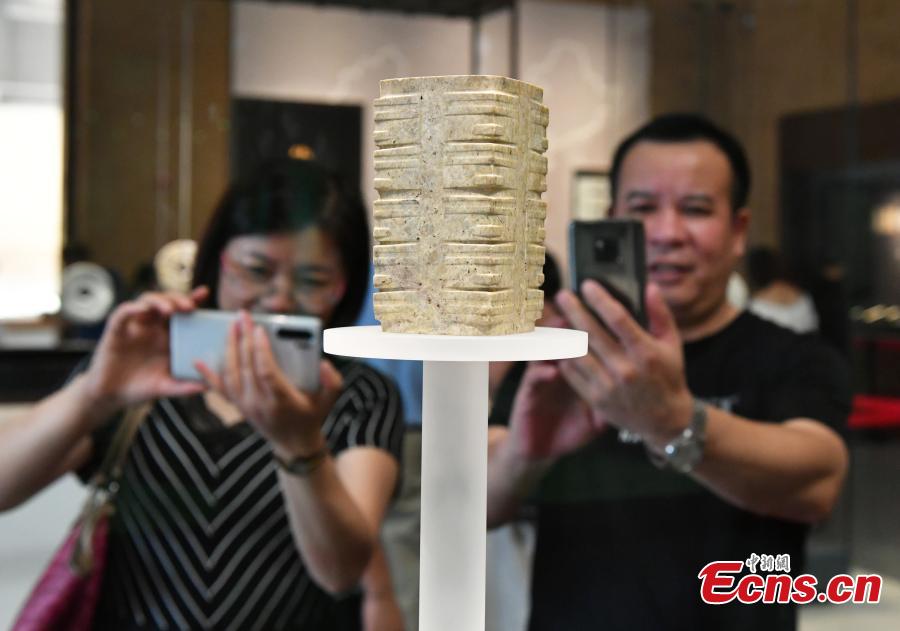
The Archaeological Ruins of Liangzhu City, China’s newly inscribed UNESCO World Heritage site, will show 119 pieces and sets of jade relics during an exhibition at the Palace Museum starting from July 16. Located in east China's Zhejiang Province, the Liangzhu ruins were once the center of power and belief of an early regional state in the lower reaches of the Yangtze River in Late Neolithic China. (Photo: China News Service/Song Yucheng)
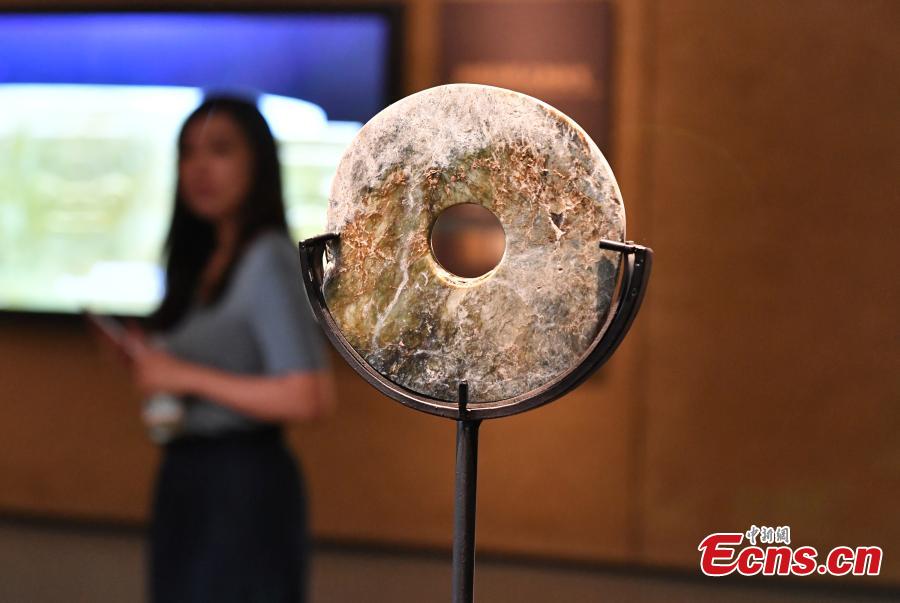
The Archaeological Ruins of Liangzhu City, China’s newly inscribed UNESCO World Heritage site, will show 119 pieces and sets of jade relics during an exhibition at the Palace Museum starting from July 16. Located in east China's Zhejiang Province, the Liangzhu ruins were once the center of power and belief of an early regional state in the lower reaches of the Yangtze River in Late Neolithic China. (Photo: China News Service/Song Yucheng)










